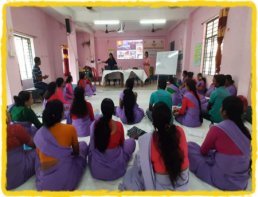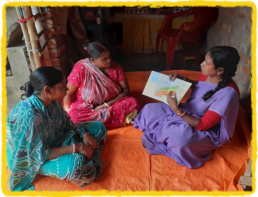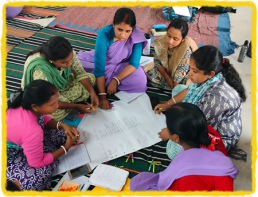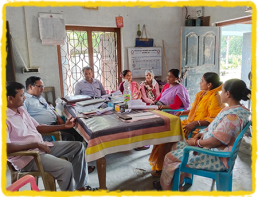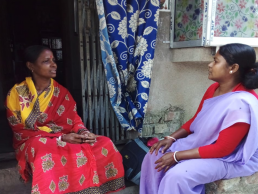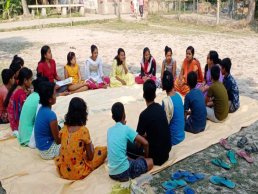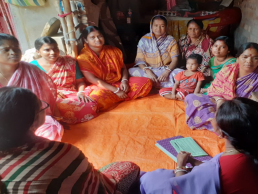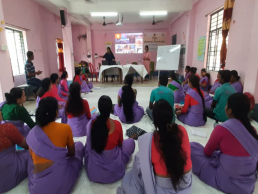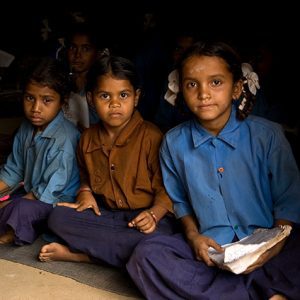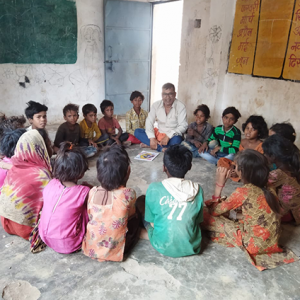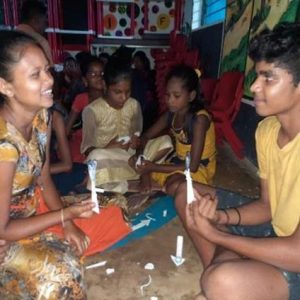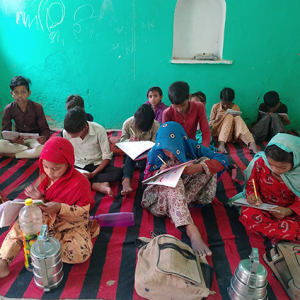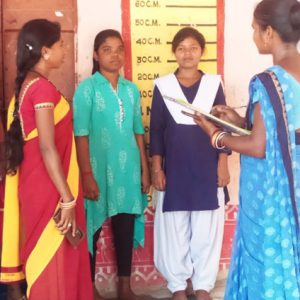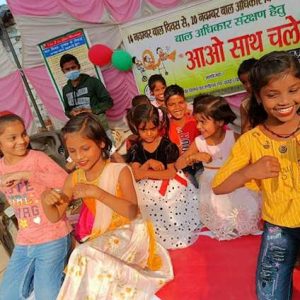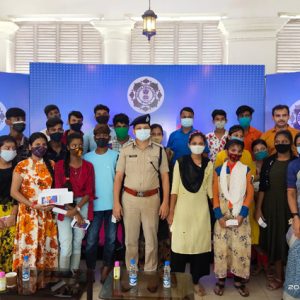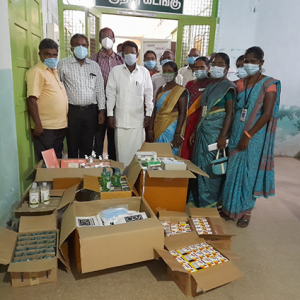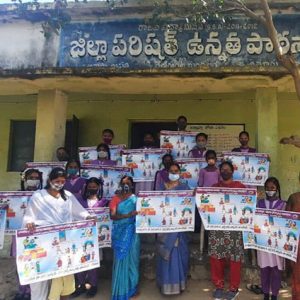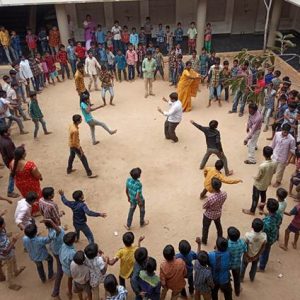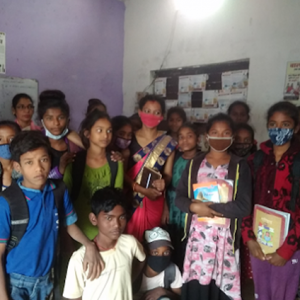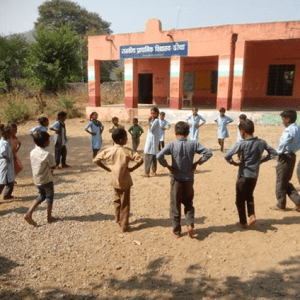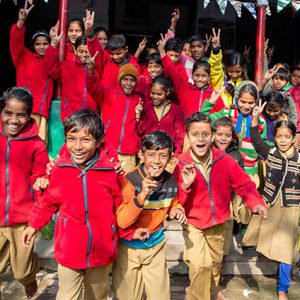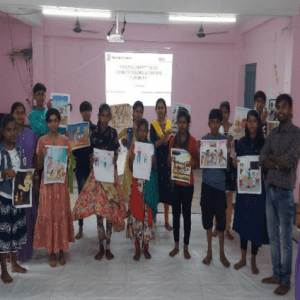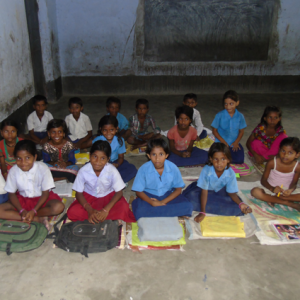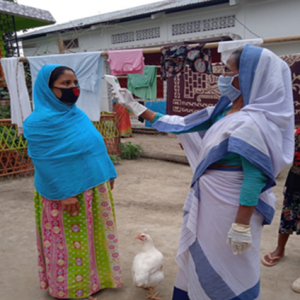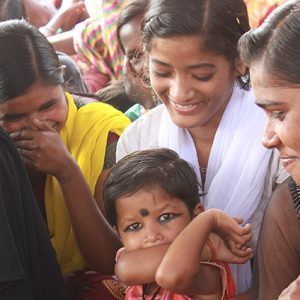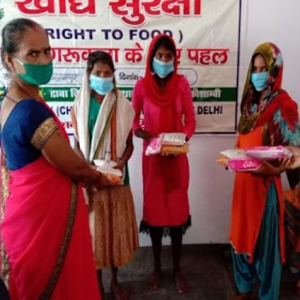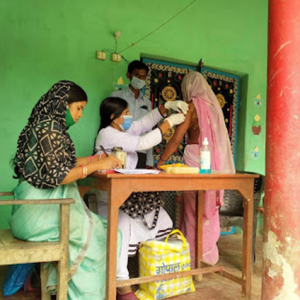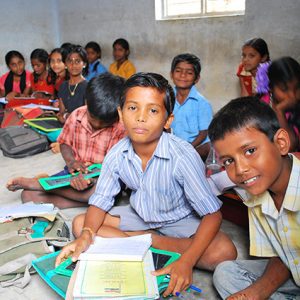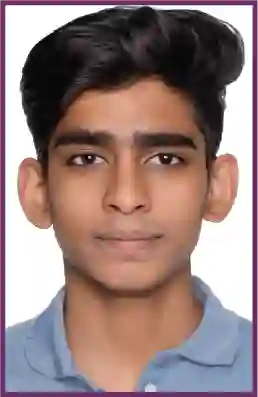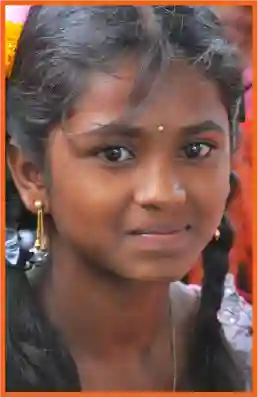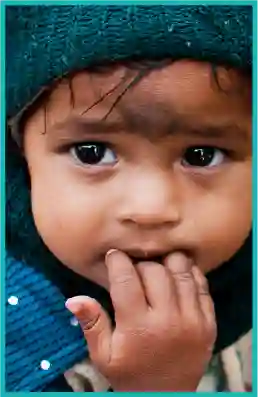Campaign Story
About the project
The communities living in the southernmost region of the Sundarbans are frequently exposed to natural disasters such as floods and cyclones. These recurring calamities severely affect agricultural productivity, pushing families further into poverty. During the off-season, many families are forced to migrate in search of work, which significantly disrupts children’s education. Besides this, child labor is common in the region. Alarmingly, 70% of girls drop out of school, and 60% are married off early. Deep-rooted gender biases further deny girls their basic rights to health and education.
Making a difference
CRY America’s Project SSDC works towards ensuring education and protection for community members by forming new, and strengthening existing, community stakeholder groups. These stakeholders are sensitized on critical issues related to child rights and protection. Key activities under this project include identifying children who have dropped out of school or are engaged in child labor, and facilitating their enrollment or re-enrollment in educational institutions. Another core activity of the project is the formation of Children’s Collectives, aimed at educating children on important issues such as child labor, child marriage, and menstrual hygiene.
The Way Forward
● Ensure that 50 children attend Digital Learning Centers and 180 children attend Child Activity Centers (CACs)
● Sensitize 840 members of the Children’s Collectives on child rights and protection issues
● Develop 2 School Management Committees as role models and implement their School Development Plans
● Ensure that 3,914 children aged 3–6 years attend Integrated Child Development Services
● Ensure that 6 schools in the intervention area have functional toilets
● Ensure the enrollment of 6,933 children aged 6–14 years in schools
● Sensitize 2,558 adolescent girls on Sexual and Reproductive Health issues
The way forward
● Strengthen and promote community ownership of village-, block-, and district-level child protection mechanisms by fostering Community Cadres trained on child protection policy
● Complete capacity building of 105 VLCPC and BLCPC members and organize 30 coordination meetings with VLCPC, BLCPC and DCPU.
● Resolve 25 high-risk juvenile justice cases
● Conduct vulnerability assessment across 20 Gram Panchayats to assess the post-COVID status of child marriage, child trafficking and child labor
● Organize 240 child-rights awareness sessions with parents across 20 villages
● Produce evidence by documenting a minimum of 100 child protection cases electronically and 25 case studies as reference/resource material
Project Impact
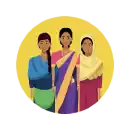

196
Village Level Child Protection Committees (VLCPCs) trained in their roles and responsibilities


10
Gram Level and Block Level Child Protection Committees formed


150
Children attending Special Learning Centers (SLCs)


100
Children attending computer centers


486
Dropped-out children re-enrolled in schools


167
Children removed from child labor


94
Former child laborers mainstreamed into schools


121
Children’s Collectives actively involved in sensitizing the community on child protection


10,565
Adolescent girls adopted basic health and hygiene practices


1,000
Children trained in Life Skills Education











